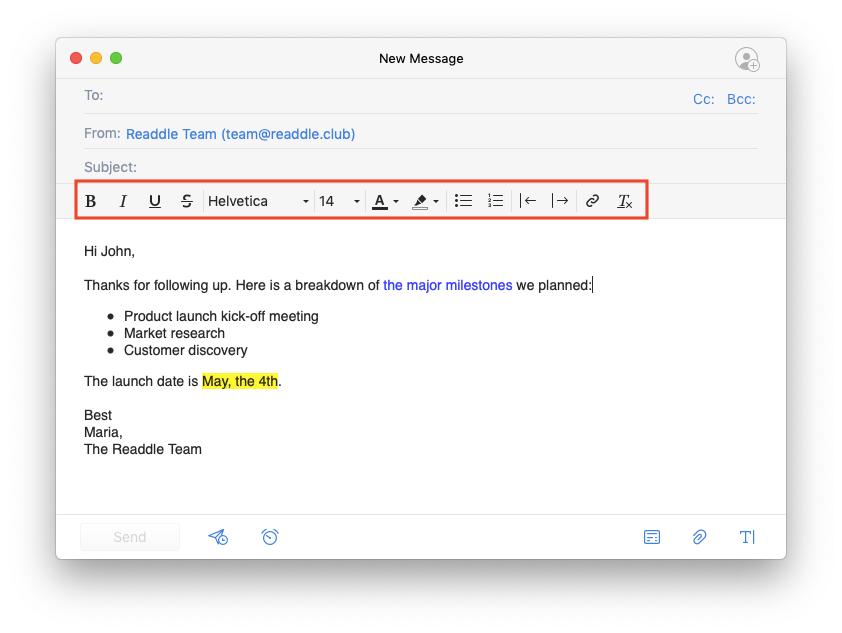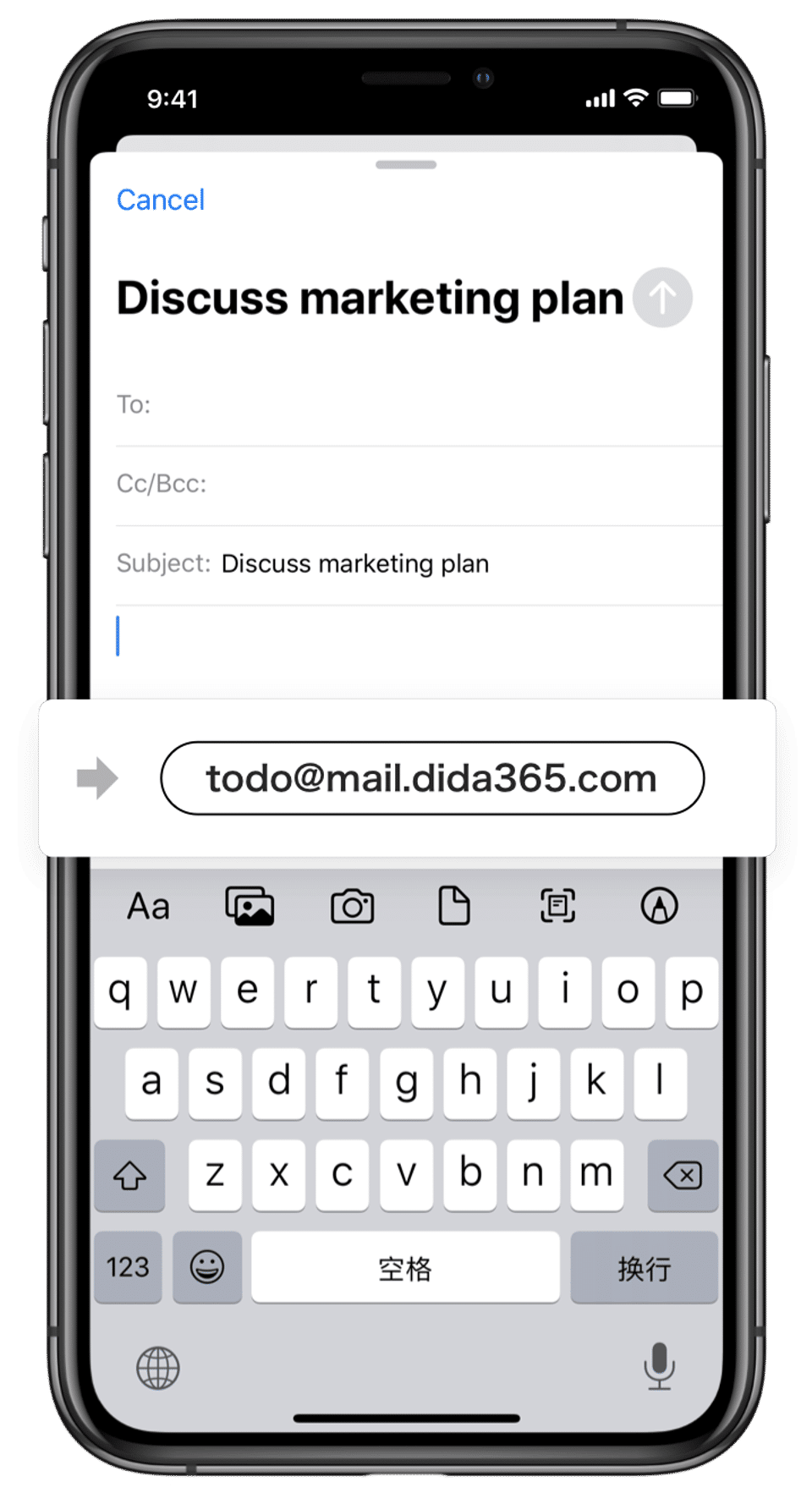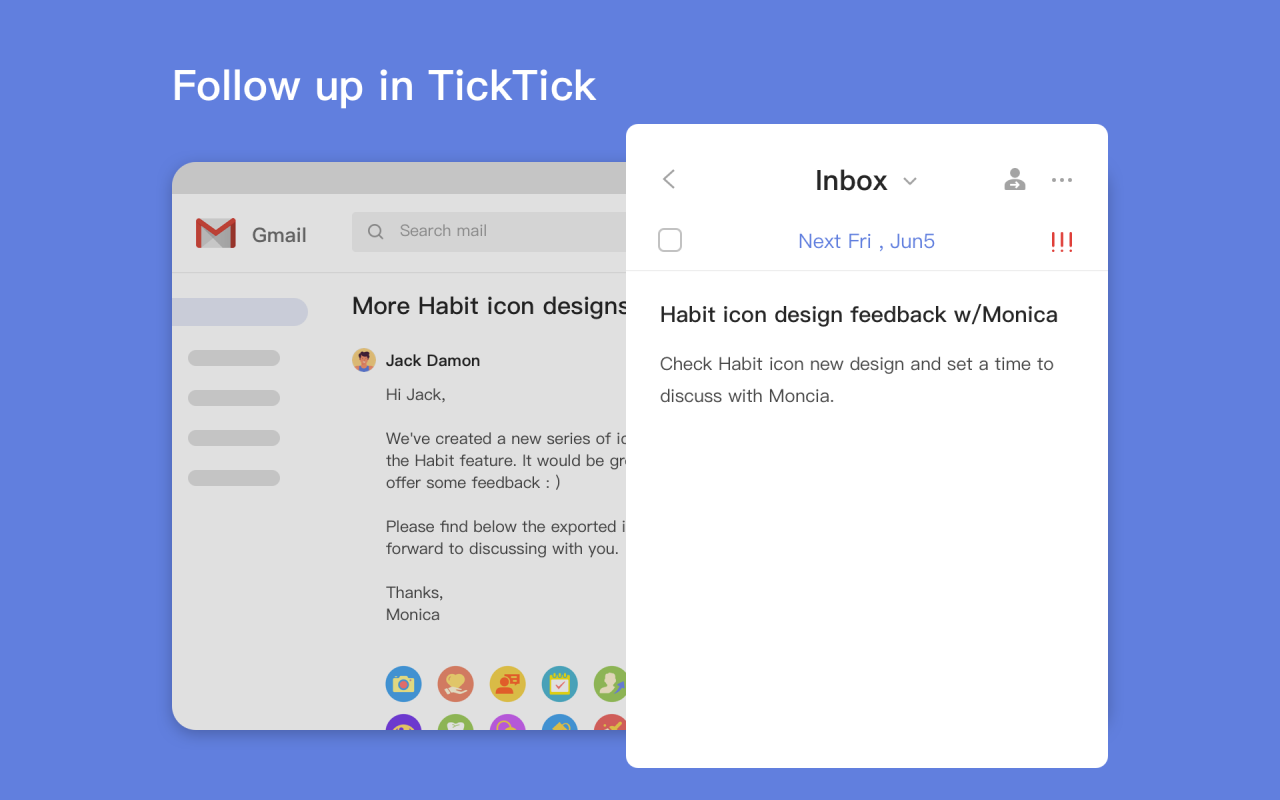

Otherwise I prefer not to bother with folders. I don’t use kanban (seeing things in that format stresses me out), sections (the names don’t show in lists like Today and it’s just an extra level of complication), notes (I prefer Bear for this) or habits, and I don’t like nested tasks but I’d use them if I really had to.įolders: I just have one folder for Work, so I can easily include or exclude work tasks from custom smart lists. What doesn’t: notes and reference material, anything listed elsewhere (eg the content of my Netflix queue) or reminders I don’t need to see until the moment they’re due (eg take medication - these go in Due). What goes in TickTick: actionable tasks that are either essential to do, or essential to put in TickTick to get them off my mind.

The simpler Zen to Done (ZTD) approach also has some helpful aspects. For example, I don’t find contexts useful (it takes ages to add them and then I never look at them). I use some aspects of Getting Things Done (GTD), eg I do a weekly review, but I mostly find it overly complex. My life is busy and complex - managing my tasks shouldn’t be. I like to keep things as simple as possible. I’ve been a premium user for about 18 months now. Now, you can manage this task in TickTick.Īs the mission of Spark puts it “to help you love your email again”, we hope to help you love your email even more with the seamless integration with TickTick.I’ve seen other people post about their workflows so I thought I’d share mine.

Over 1 million people rely on Spark email to manage their personal and team inboxes.


 0 kommentar(er)
0 kommentar(er)
